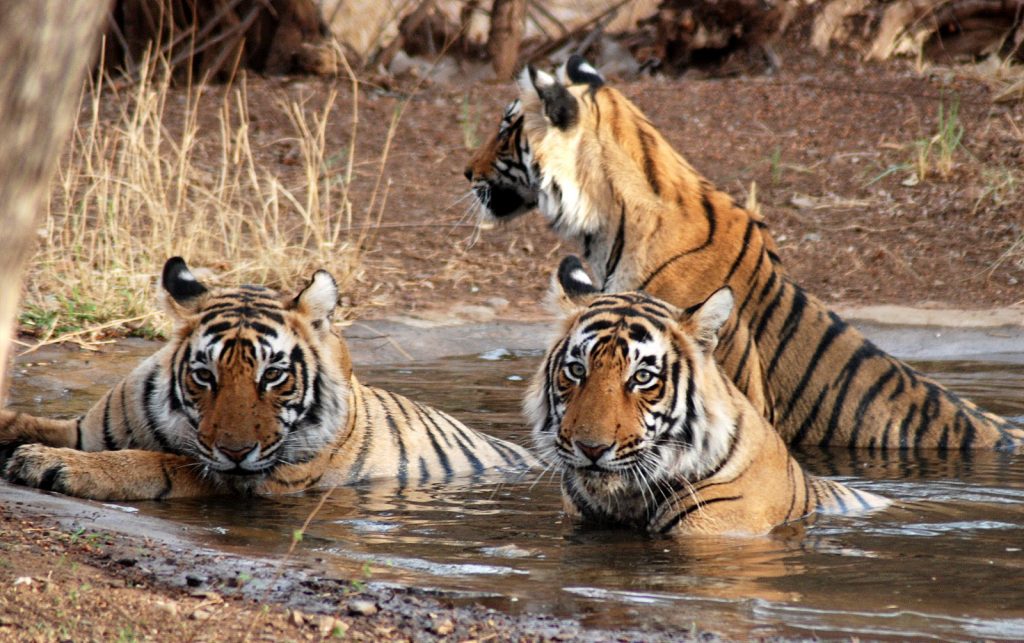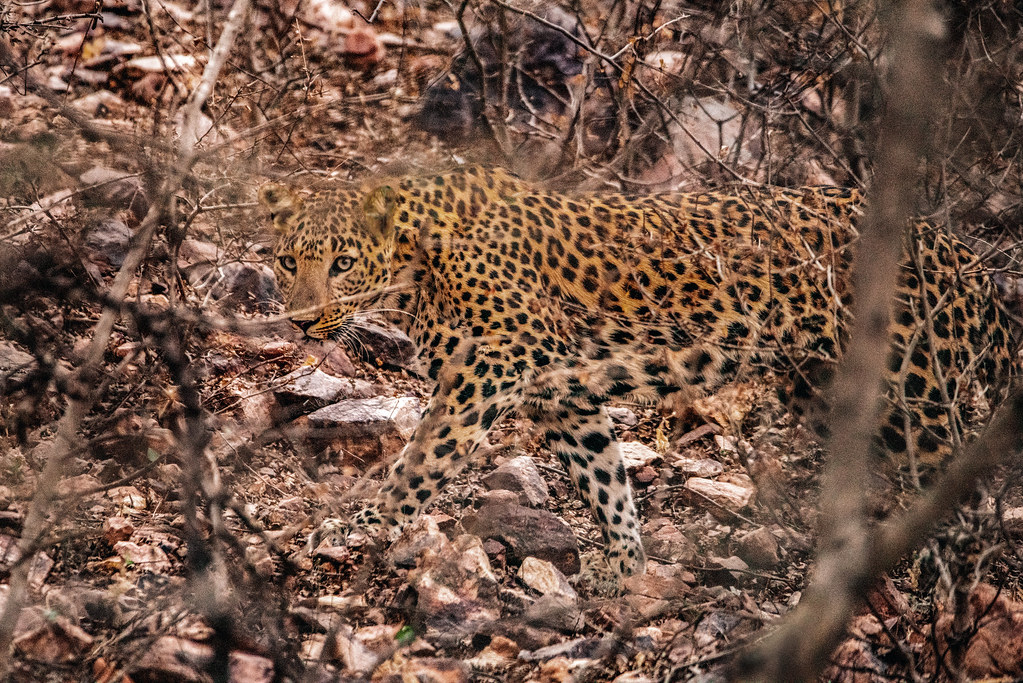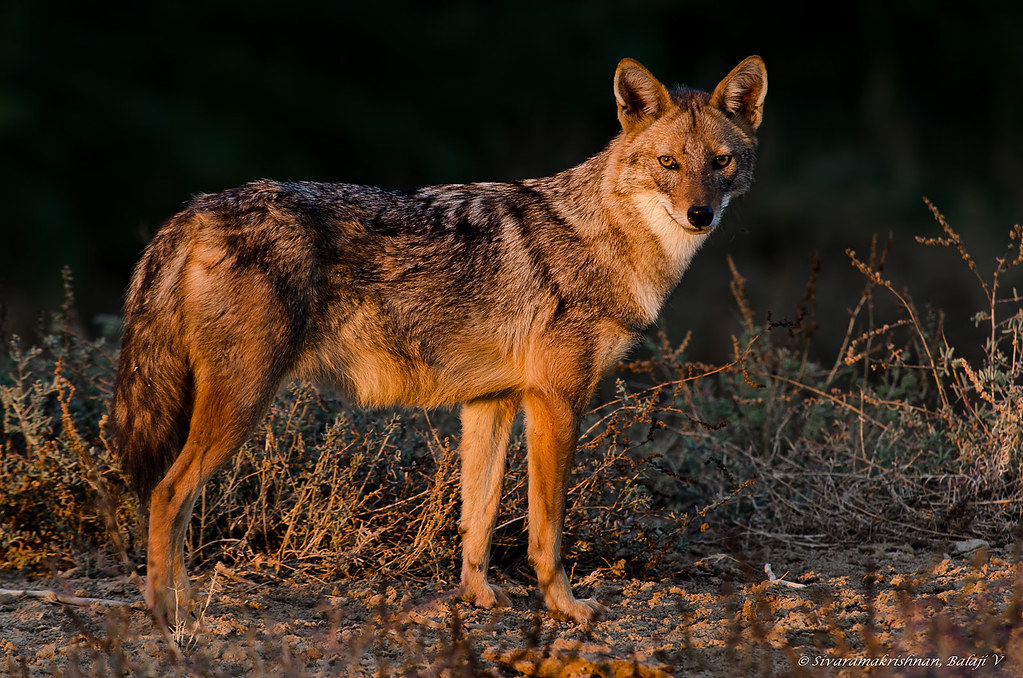Ranthambore National Park is a national park in Rajasthan, India, with an area of 1,334 km2 (515 sq mi). It is bounded to the north by the Banas River and to the south by the Chambal River. It is named after the historic Ranthambore Fort, which lies within the park.
Ranthambore is famed for its substantial tiger population, although in recent years, there has been a decrease in the tiger numbers attributed to poaching and various factors.The tiger count was 25 in 2005 and rose to 48 in 2013. By 2014, the tiger population in Ranthambore National Park had reached 62.

Ranthambore National Park is indeed a diverse and rich wildlife sanctuary located in the Sawai Madhopur district of Rajasthan, India. The park is renowned for its population of Bengal tigers and is a popular destination for wildlife enthusiasts and tourists. The list of fauna you provided highlights the park’s biodiversity, including various mammals, reptiles, and birds. Here’s an overview of some of the notable species:
Mammals:
- Bengal Tiger
- Indian Leopard
- Caracal
- Jungle Cat
- Rusty-spotted Cat
- Nilgai
- Blackbuck
- Chinkara
- Chousingha (Four-horned Antelope)
- Wild Boar
- Chital (Spotted Deer)
- Sambar
- Indian Muntjac (Barking Deer)
- Striped Hyena
- Dhole (Indian Wild Dog)
- Indian Wolf
- Bengal Fox
- Indian Jackal
- Leopard Cat
- Asian Palm Civet
- Indian Grey Mongoose
- Ruddy Mongoose
- Long-eared Hedgehog
- Northern Palm Squirrel
- Indian Porcupine
- Indian Hare
- Lesser Bandicoot Rat
- Honey Badger
- Indian Flying Fox
- Greater False Vampire Bat
- Indian Gerbil
- Indian Pangolin
- Sloth Bear
- Southern Plains Gray Langur
- Rhesus Macaque
- Mugger Crocodile
Overall, Ranthambore National Park is a vital conservation area that plays a crucial role in preserving India’s wildlife and biodiversity. Visitors to the park have the opportunity to witness these diverse species in their natural habitat, contributing to both conservation efforts and ecotourism.

